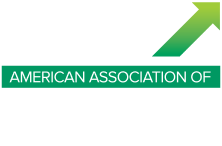Exploring the Impact of Inflation on Alternative Lending in 2022: A Comprehensive Guide for Small Businesses
Estimated reading time: 5 minutes
- Understand how rising interest rates affect borrowing costs.
- Learn about the increased default risk amidst inflation.
- Discover the importance of alternative lending during economic uncertainty.
- Find practical strategies to navigate financial challenges.
Table of Contents
- Understanding Inflation and Its Current Landscape
- How Inflation Affects Alternative Lending
- The Importance of Alternative Lending in an Inflationary Environment
- Practical Takeaways for Small Business Owners Navigating Inflation
- Conclusion
- FAQ
Understanding Inflation and Its Current Landscape
Inflation refers to the rate at which the general level of prices for goods and services rises, eroding purchasing power. In the United States, inflation rates reached unprecedented levels in 2022, with the Consumer Price Index (CPI) showing an increase of approximately 7.9% year-over-year in February 2022, the highest since 1982 (source: U.S. Bureau of Labor Statistics). This surge was attributed to various factors, including supply chain disruptions, increased consumer demand, and elevated energy prices.
As inflation accelerates, consumers and businesses alike start to feel the pinch, prompting a reevaluation of spending and investment strategies.
How Inflation Affects Alternative Lending
- Rising Interest Rates
In response to inflation, the Federal Reserve began to increase interest rates in 2022, impacting various types of borrowing. Higher interest rates lead to increased costs for borrowers, making debt more expensive.
- Working Capital Advances: For small businesses opting for working capital advances, rising interest rates can mean paying more in fees, impacting cash flow and profitability over time.
- SBA Loans and Equipment Financing: While these options typically offer lower interest rates, tightening credit conditions may result in higher rates for future loans.
- Merchant Cash Advances (MCA) and Lines of Credit: These products can become more expensive as lenders adjust risk exposure, thereby passing costs onto borrowers.
- Increased Default Risk
With inflation straining budgets, small businesses may experience reduced revenue, leading to increased default risk. Lenders, aware of this heightened risk, may become more selective in their lending decisions, resulting in stricter application processes and higher qualification standards.
- Shift in Borrower Behavior
As inflation influences consumer spending patterns, small businesses may modify their borrowing habits. Businesses might seek financing for immediate cash flow needs, prompting a surge in demand for alternative lending products that provide quick access to capital.
The Importance of Alternative Lending in an Inflationary Environment
In times of economic uncertainty, traditional funding avenues may not always meet the needs of small businesses. Alternative lending plays a vital role by offering unique financial solutions for entrepreneurs.
- Flexibility: Alternative lenders often provide quicker access to funds with fewer restrictions than traditional banks. This flexibility is crucial for small businesses needing urgent capital.
- Diverse Options: Products such as merchant cash advances, equipment financing, and lines of credit cater to different business needs, making them attractive choices amid varying economic conditions.
- Fast Approval Processes: The streamlined application and approval processes can deliver funds within days, helping businesses address immediate challenges that inflation might cause.
Practical Takeaways for Small Business Owners Navigating Inflation
- Evaluate Your Financing Needs: Assess your cash flow requirements and consider alternative products that align with your business’s financial situation. This may involve analyzing short-term needs versus long-term financing options.
- Act Quickly: Given the dynamic nature of inflation and interest rates, acting quickly can position your business to secure favorable terms before rates rise further.
- Stay Informed: Regularly educate yourself on economic conditions, as understanding how inflation affects lending can empower you to make informed decisions about financing.
Conclusion
Inflation represents a complex challenge for small businesses, profoundly impacting alternative lending landscapes. Understanding these dynamics is essential for business owners seeking financial solutions during economically turbulent times. At Big Think Capital, we strive to empower small businesses with the funding options and insights necessary to navigate inflationary pressures.
Explore your financing options today and connect with one of our funding experts by visiting bigthinkcapital.com to learn more. Together, we can equip your business with the tools it needs to succeed even amid economic uncertainty.
FAQ
What is inflation?
Inflation is the rate at which the general level of prices for goods and services rises, eroding purchasing power.
How does inflation affect small businesses?
Inflation can lead to increased borrowing costs, reduced consumer spending, and greater financial strain on small businesses.
What options do small businesses have for funding during inflation?
Alternative lending sources such as merchant cash advances and lines of credit may provide quick access to capital amid rising costs and stricter lending conditions.
How can small businesses best prepare for inflation?
By evaluating financing needs, staying informed about economic conditions, and acting quickly to secure financing, small businesses can better navigate inflationary challenges.











